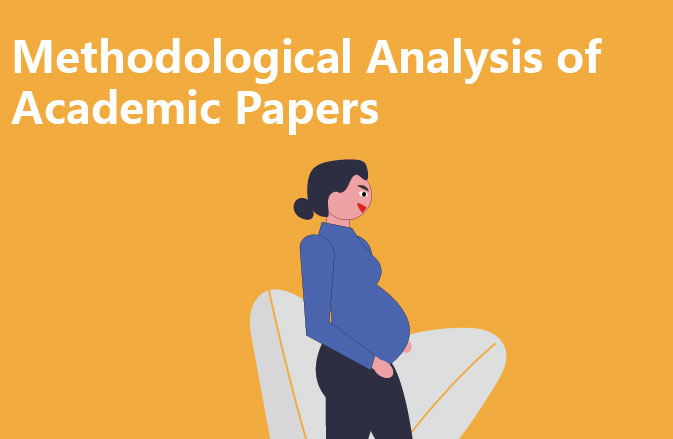Hello martial arts warriors, today we’re going to talk about this deep and fascinating field – academic papers. It’s not something to be taken lightly, and it’s full of mysteries! Especially the part called “methodology”, which is the key factor that determines the success or failure of your paper! Don’t worry, let me explain it to you slowly.
First of all, we have to understand what “methodology” means. It’s like a secret martial arts manual that tells you how to cultivate your inner strength and how to use your moves. In an academic paper, methodology is like your martial arts style, which determines the direction of your research, the roadmap, and the final outcome. Therefore, a good academic paper must have a clear and concise methodological framework, so that readers can read and understand, but also can judge whether your research is reliable or not.
So, what exactly does methodology contain? Let me give you a detailed introduction below.
1. Introduction
The introduction is like the opening statement in martial arts, which should tell you the purpose of your research, methodology, results and so on in a concise and clear way. Here, you need to give a brief overview of the core elements of your research design, data collection methods, sample selection principles, ethical guidelines, and possible research limitations.
2. Research Philosophy
Research philosophies are like schools of martial arts; different schools have different martial arts philosophies. In academia, there are three common schools of research philosophy: positivism, interpretivism, and post-positivism. Each school has its own advantages and disadvantages, so when choosing a research philosophy, you have to weigh the pros and cons according to your specific situation.
3. Research Methods
Research methodology is like the Jedi Kung Fu in martial arts, which determines your ability in actual combat. There are two major schools of common research methods: quantitative research and qualitative research. Quantitative research focuses on the use of sophisticated data analysis to dig out the inner laws of things, while qualitative research focuses more on the characteristics of specific social phenomena and the essence of the depth of the excavation.
4. Data collection methods and tools
Data collection methods and tools are like weapons in martial arts, directly related to your combat power. In this section, you need to explain in detail where your data come from, what methods are used to collect them, and how they are processed.
5. Research time and process
Research time and process is like the path of experience in martial arts, reflecting the progress of your cultivation. In this section, you need to describe in detail what stages your research has gone through, such as the development of the research plan, the collection of data, the analysis of data, and the writing of the report and so on.
6. Data Analysis Methods
Data analysis methodology is like a unique secret in martial arts, which determines the outcome of your battle. In this section, you need to elaborate which data analysis method you have adopted and the related software tools.
7. Ethical Considerations
Ethical considerations are like the rules of the martial arts world, ensuring that your actions do not offend the public. In this section, you need to elaborate on what ethical guidelines your research followed and how you complied with them.
Overall, methodology is like the soul of an academic paper, determining the direction of your research, the roadmap, and the final outcome of your battle. Only with the right methodology can you write quality academic papers. I hope that all of you chivalrous people can go farther and farther on this road and make greater contributions to the promotion of academic progress!




